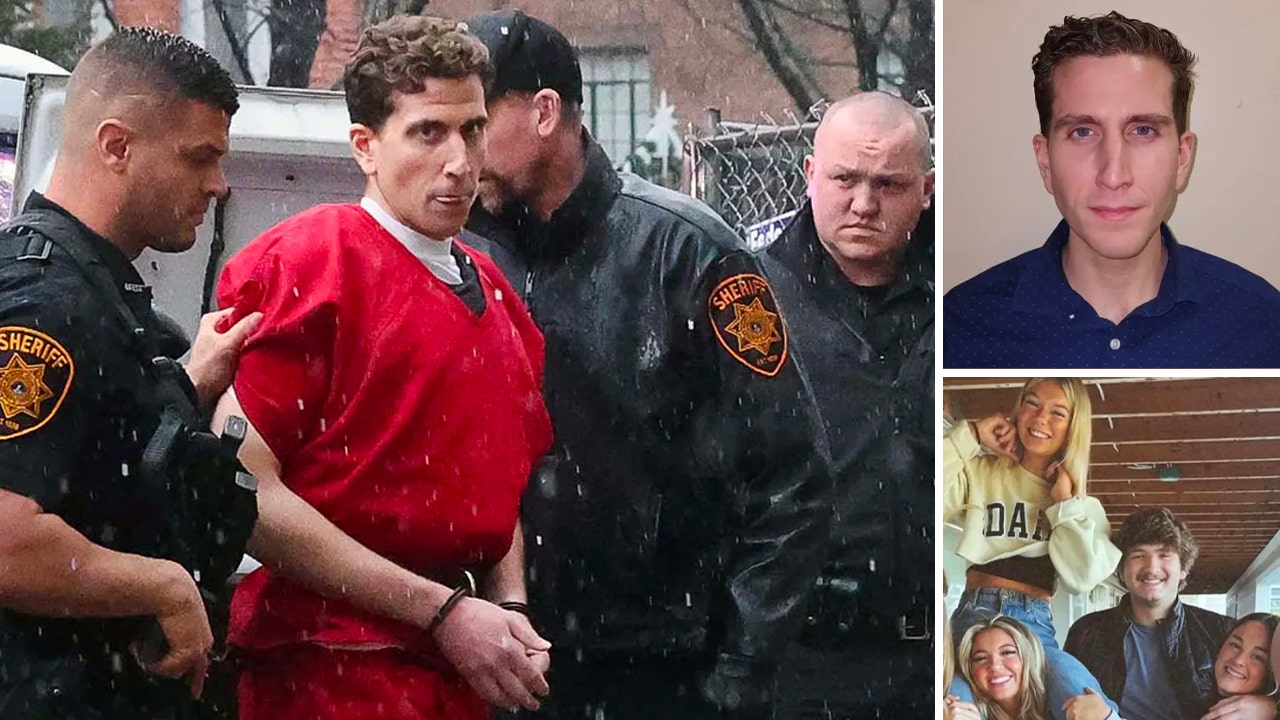United States
Idaho suspect Bryan Kohberger’s bloody new defense claim could fall apart under simple theory, profiler says

The murder of four Idaho students—Madison Mogen, Kaylee Goncalves, Xana Kernodle, and Ethan Chapin—in November 2022 shocked the nation. The case took a significant turn when Bryan Kohberger, a Ph.D. student in criminology at Washington State University, was arrested in December 2022 and charged with their killings. As the legal battle unfolds, Kohberger’s defense team has introduced a new argument that could potentially challenge the prosecution’s case: the presence of unidentified male blood at the crime scene. This discovery has sparked speculation about whether the crime scene might have been staged to mislead investigators. Veteran criminal profiler John Kelly, founder of STALK Inc., suggests that Kohberger’s unusual behavior during his arrest and the presence of this unidentified blood could indicate an elaborate plan to create confusion and point to other suspects.
When Kohberger was arrested by a Pennsylvania SWAT team, he reportedly asked, “Who else did you arrest?” Kelly interprets this as an unusual reaction, given the severity of the charges against him. “Not the normal response for someone being arrested for allegedly brutally killing four kids with a knife,” Kelly noted. He speculated that Kohberger’s question might indicate that the suspect expected police to have other leads or suspects, possibly because he had staged the crime scene to plant misleading evidence. Kelly pointed to Kohberger’s academic background in criminology, suggesting that he would have knowledge of how to manipulate a crime scene to throw investigators off his trail. “Maybe this is the reason why he made that stupid response: he staged some other DNA, blood, to throw authorities off,” Kelly said. However, not everyone agrees with this interpretation. Defense attorney Linda Kenney Baden, known for her work on high-profile cases like Casey Anthony’s, offered a different perspective: “I think he was thinking about his father being arrested.”
Kohberger’s arrest came after a cross-country drive from Washington to Pennsylvania, where he and his father were stopped twice by Indiana law enforcement. Bodycam footage from one of these stops shows Kohberger and his father giving vague and rambling responses about their travel plans. This has led some to question whether Kohberger might have been trying to create an alibi or distract from his involvement in the murders. The discovery of two unidentified male blood samples—one on a handrail at the crime scene and another on a glove found outside—has further complicated the case. These samples, which do not match Kohberger, have raised questions about whether there could be other individuals connected to the crime. Defense attorney Anne Taylor argued in court that this evidence could mean Kohberger is entirely unrelated to the murders, though the judge appeared skeptical of this claim.
Despite the defense’s efforts to cast doubt on the evidence, prosecutors have presented their own key findings. A Ka-Bar knife sheath discovered under Madison Mogen’s body was found to have DNA matching a familial sample from Kohberger’s trash, linking him to the crime scene. Kelly, however, has suggested that this evidence might also have been planted. He noted that the sheath was stamped “USMC,” which could imply a connection to someone with military ties. “This is staging 101,” Kelly said. “They’re going to look at this, and they’re going to think it’s a military guy that did this—some guy with some kind of training who lives up the road.” While this theory might seem far-fetched, it highlights the defense’s strategy to muddy the waters and create reasonable doubt in the minds of jurors.
As the trial approaches, Kohberger’s defense team is likely to use the unidentified blood samples as a central argument. Boise-based defense attorney Edwina Elcox described the discovery as “interesting” and noted that it could be used to undermine the prosecution’s case. However, legal experts caution that the presence of unknown DNA does not automatically exonerate Kohberger. The judge in the case has already indicated that the evidence against Kohberger is strong enough to proceed to trial, and the knife sheath with his DNA remains a critical piece of evidence. Still, the unidentified blood samples could play a significant role in the trial, particularly if the defense can persuasively argue that they point to other suspects or indicate that the crime scene was manipulated.
Kohberger’s trial, scheduled for later this year, will be closely watched as both sides present their arguments. If convicted, he could face the death penalty. The case has already drawn national attention due to the brutality of the crime and the unusual developments in the investigation. While the defense’s claims about staging and alternative suspects are intriguing, they face an uphill battle in convincing the jury that Kohberger is innocent. The prosecution, meanwhile, will rely on the DNA evidence and other forensic findings to build their case. As the trial progresses, the question of whether the unidentified blood samples will create reasonable doubt or be dismissed as a red herring will be central to the proceedings. Ultimately, the outcome will depend on how effectively both sides present their evidence and whether the jury believes the defense’s theories about the crime scene being staged.


















